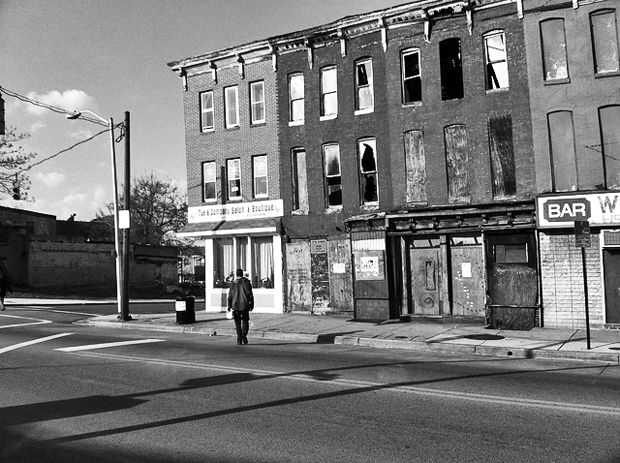A design credo in seven words.

I took a few students on a quick field trip to MoMA on Saturday. I have a rule. The MoMA Rule. It states that I cannot leave the museum without at least one new design book.
Since I’m planning on designing a chair with my friend Melissa this summer (there, I said it. Universe, hold me accountable!), I chose Tools for Living: A Sourcebook of Iconic Designs for the Home by Charlotte and Peter Fiell. Reading an excerpt from the intro should be all it takes for you to buy the book immediately yourself, especially if you’re a design lover:
Since prehistoric times, tools have shaped human existence. In fact, the design, making and use of tools are distinguishing features of what it is to be human. Although other members of the animal kingdom fashion implements to assist them with certain limited tasks, no other species uses them to the same extraordinary extent. Indeed, it is no exaggeration to suggest that tools maketh man, because they allow us to shape the environments and cultures that make us who we are. Today our homes are literally crammed with tools, from kitchen knives to task lights, yet much of the stuff with which we surround ourselves is neither particularly well-designed nor especially well-made, because the market is frequently and predictably tethered to the commercial bottom line.
This book is based on the simple premise that well-designed objects can enhance our daily lives. We all need ‘tools for living’ – from cutlery to cooking utensils to furniture and lighting – so this book focuses on the ultimate designs for the home. After all, when you get right down to it, objects that fulfill the criteria for ‘good design’ are not only functionally and aesthetically superior, but they usually last longer, too. Moreover, this enhanced durability is ultimately better for the environment. If a product lasts twice as long as its competitors then its net environmental impact is halved, so buying ‘better’ makes sound ecosense as well as economic sense.
Well-designed objects are also more pleasurable to use; they give us joy by helping us to accomplish a specific task more rapidly and efficiently. They are also more likely to possess functional and structural integrity, which makes them less susceptible to the vagaries of fashion. The old saying ‘buy cheap, buy twice’ remains true, and we believe that it is preferable in the long run to buy an object that functions well because it has been carefully and painstakingly designed, even if it is a little more expensive. Cheaper, poor-quality versions are more likely to fail or to become stylistically obsolete – either way they will have to be replaced. By contrast, many of the designs selected for this survey, could, with careful use, be passed down through generations of users because they have been designed to last.
It also made me smile. Like language acquisition, design is a uniquely, wonderfully human cognitive ability. Human beings were designed to design.
It’s also a testament to the power of good design to support environmentalism. I like to think of it as the design equivalent to Michael Pollan’s simple, seven-word food manifesto: “Eat food, not too much, mostly plants.”
I propose a similar seven-word design credo:
“Buy stuff. Not too much. All beautiful.”